Producers
-
Description:
Cara Sur is a small winery formed in 2011 as a partnership between two couples who were inspired to revive ancestral vines and produce wines from traditional Argentine varietals. Sebastián Zuccardi and Marcela Manini teamed up with Nuria Año Gargiulo and Pancho Burgallo, an avid mountaineering couple who live in Barreal, in the Calingasta Valley of San Juan, north of Mendoza. This mountaineering spirit is represented in the name: Cara Sur translates to "south face" and refers to the more challenging approach to Cerro Mercedario, one of Argentina’s tallest peaks, which can be seen from Panch and Nuria's hometown of Barreal.
Sebastian and Marcela regularly make the trip north to Barreal to work alongside Pancho and Nuria, and the quartet produces wines made from 80 year old Muscatel, Muscatel Negro, Bonarda, and Criola Chica, the Argentine iteration of País (a.k.a. Listán Prieto, a.k.a.Mission). The vineyard sits alongside the Los Patos River in Barreal on stony soil at 1500 meters above sea level. The vines were trained to a Parral, a ceiling-trellised system that provides shade and maximizes airflow. The wines are made in a tiny winery next to Pancho and Nuria’s home, where they produce small quantities via minimal intervention. This team at Cara Sur are quietly producing some of the most unique wines from one of the most underrated microclimates of Argentina.
This profile and tasting notes were edited from the Brazos Wine website, along with the pictures used. For more information please visit: Brazos
Image: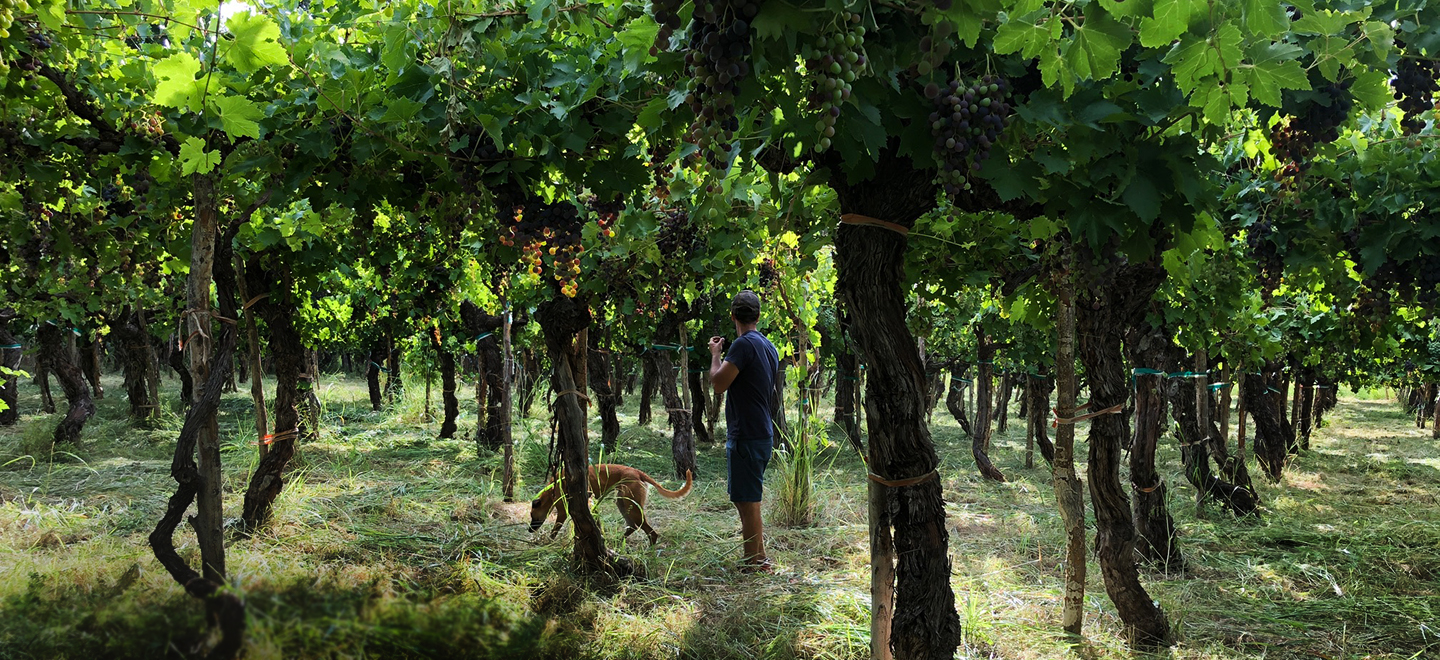 Region:
Region: -
Description:
Carmelo Patti’s wines have something of a cult following with devoted fans in Argentina and abroad. “I don’t want to [make wine] for commercial reasons,” says Patti, who only has one employee. Patti was an important force for the rebirth of fine wine production in Mendoza in the eighties and to this day is one of the most respected enologists and winemakers in the country. His winemaking style is as unique as his character; no consultants, no manipulation, no pretentions. Carmelo simply does what he does best, and wine-loving consumers beat a path to his door. He defines his wines as “a classic style, a naked wine, without anything that can cover it up,” and he insists on holding all wine until he deems it ready for release which can be four to five years after harvest at the soonest for reds. Nothing you have tasted from Argentina quite prepares you for the complex, wild flavors of this traditional, old-school Malbec.
This profile and tasting notes were edited from the Elixir Wine Group website, along with the pictures used. For more information please visit: Elixir
Image: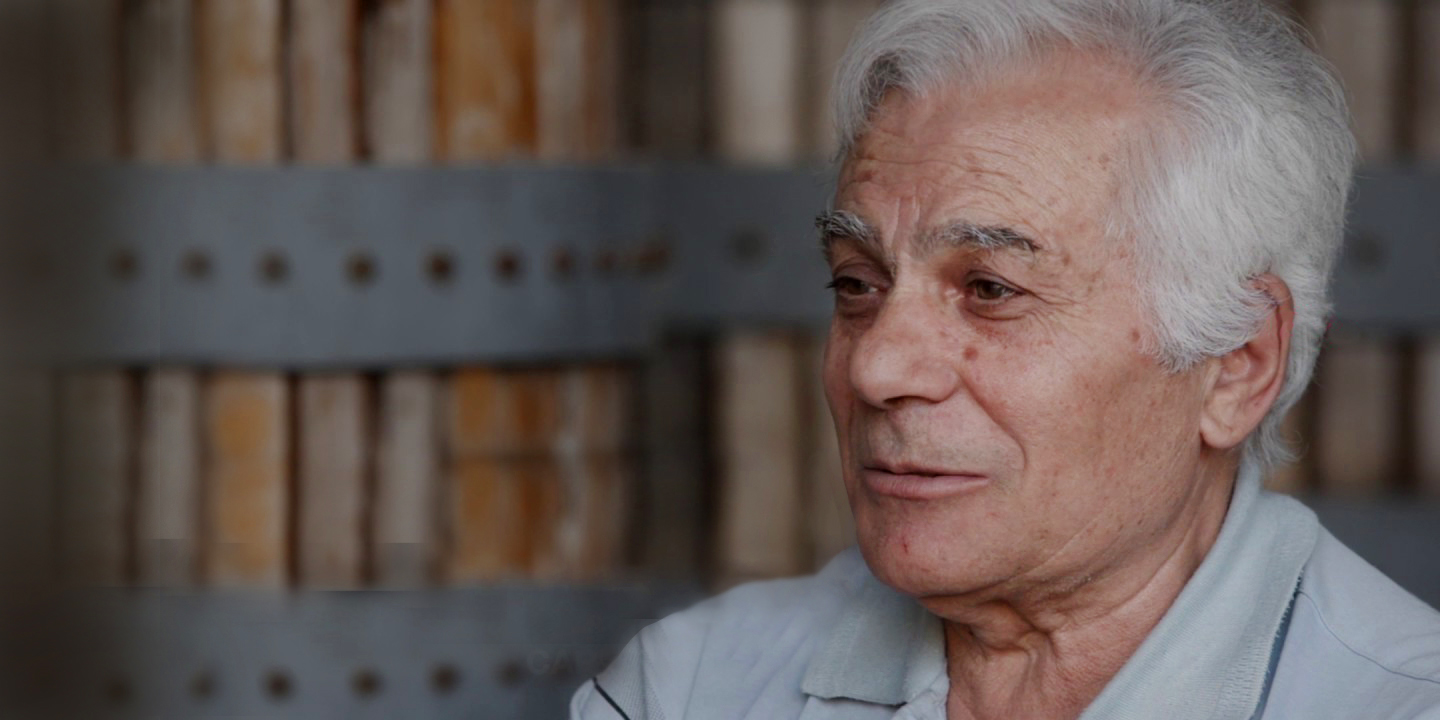 Region:
Region: -
Description:
Thank you to importer Louis/Dressner for this profile of Casa Coste Piane:
Loris Follador is from a long line of farmers in Valdobbiadene. Thanks to his father and grandfather, Loris and his two sons have never had to plant a vine. Their vineyards, featuring 60+ year old vines, are absurdly steep and the soil is very shallow, hitting solid limestone or sandstone rock in a few centimeters. The Folladors are well aware of this fortunate legacy and treat it with the reverence and respect it deserves. No herbicides, pesticides or fertilizers are used. It’s impossible to plow here, but it’s really not necessary with vines of this age; they’ve long ago found their sources deep within the stone formation below. The harvesting is, of course, by hand and would seem, especially in the steepest spots, near impossible. Most importantly, the focus on the vinification and the cellar work is to express, as simply and directly as possible, the potential minerality and the terroir of these vines.
Loris follows a tradition of winemaking that was handed down to him from previous generations without adopting any of the “improvements” of the 60’s, but with a certain regard for technological innovation. The grapes are immediately pressed using a pneumatic press. The must is then partially fermented and the lees and juice are separated and the lees cleaned through filtration. The cleaned juice and filtered lees are reintroduced together in bottle in the late winter and re-ferment by early to mid-summer, creating its own bead and a carbon dioxide environment that prevents oxidation without the use of sulfur. There is no disgorgement, so the expired lees remain in the bottle adding further complexity, but also some cloudiness. The wine can be decanted off of the deposit or poured as is. Either way, the flavor is unchanged and the minerality unmistakable.
Click here for importer Louis/Dressner's profile of the estate and interview with Loris.
Click here for an article in Saveur magazine on the traditional col fondo style of Prosecco.
Image: Region:
Region: -
Description:
Casa Juan is a family-owned and operated bodega in La Guardia, run by Angel Escudero and his family. While the family has been growing vines for years, it wasn’t until 1995 that Angel and his wife Anaceli decided to create a brand and sell it.
The fruit comes from small parcels of Tempranillo all trained en vaso, averaging around forty-five years old. They also own vines of Mazuelo in Rioja Baja, which accounts for fifteen percent of the final blend and adds lift and character to the wine. The soils are the typical calcareous clay found in the region, and the vineyards are farmed organically. Harvest is done by hand, and fermentations are spontaneous from wild yeasts in 24,000 liter concrete vats. Daily remontajes introduce plenty of oxygen. Once both fermentations finish, the wines are racked into a combination of old French and American (Pennsylvania) oak barrels.
Image: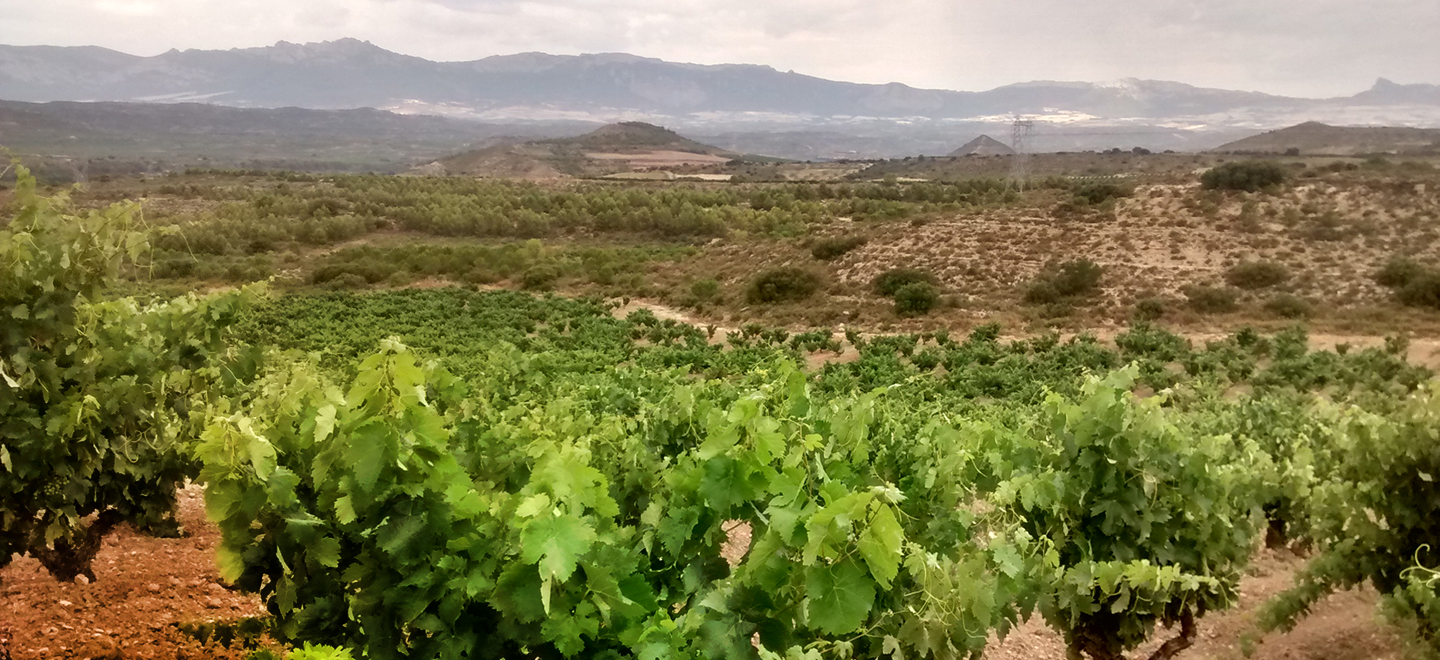 Region:
Region: -
Description:
Thank you to importer Louis/Dressner for this producer profile:
(Click here for more on Casina 'Tavijn on Louis/Dressner's website):
Nadia Verrua, la padronina of Cascina 'Tavijn, works in a long forgotten area in the Asti province of Piemonte. Fortunately it is a region blessed with unique varieties brimming with personality.
Despite the small size of the property (approximately seven hectares including new plantations not yet in production), Nadia is quite ambitious and experimental, producing an increasingly diverse amount of wines each year in accordance to her harvests. The three main grapes of the area of are Barbera, Grignolino and Ruché, the latter two being native indigenous varietals of the area that have seen a small, cultish rise in popularity in recent years.
Grignolino is a grape that makes a pale, light red of garnet color and, when finely made, shows the characteristic bitter cherry, or amarena, flavor that goes well with lighter first courses of dried sausages and hard cheeses, like well-aged asiago. Ruché, on the other hand, produces a wine of saturated purple with plum notes and rose petal aromas. It is made to be drunk young and, again is a perfect wine for salumi, dried meats like bresaola or dried cacciorini and hard, aged cheeses. Barbera, while found throughout Piemonte, is common here and offers a more rustic counterpoint to the wines of the region.
At the helm of the estate for well over a decade, Nadia is still aided by her parents Ottavio and Teresa. In her early years, she produced wines under the region's DOC and DOCG labels, but has progressively abandoned these designations to free herself of their limitations. The three core wines still remain each year, albeit with new identities. The Grignolino has now been dubbed Ottavio after her father, the Ruché is called Teresa after her mother and La Bandita is the estate's Barbera (and also self referential to Nadia, who is depicted on the label wearing a Zorro mask.)
Nadia has also started making wines from Cortese, Moscato, Slarina and Freisa. Some are purchased fruit from friends, some are from inherited or purchased parcels and others still are from young vines she has planted herself. Special bottlings of Grignolino, Ruché and Barbera are now increasingly common, including a ripasso, one-off bottlings highlighting soil differences or even the same grapes vinified differently in the same vintage. All these ideas are colorfully brought to life by the label designs of Gianluca Cannizzo, the tongue in cheek designer behind My Poster Sucks.
The grapes are hand harvested and for the most part vinified in large casks or botti of slavonian oak, though stainless steel and fiberglass tanks are also used in plentiful vintages and for nascent experiments. Over the last decade, Nadia has increasingly pushed herself to limit or eschew the use of SO2. Today her philosophy is to to not use any if possible. If need be, she will add a small amount after malolactic fermentation, a critical moment in her winery where over-active yeasts occasionally continue eating elements of the wines.
Image: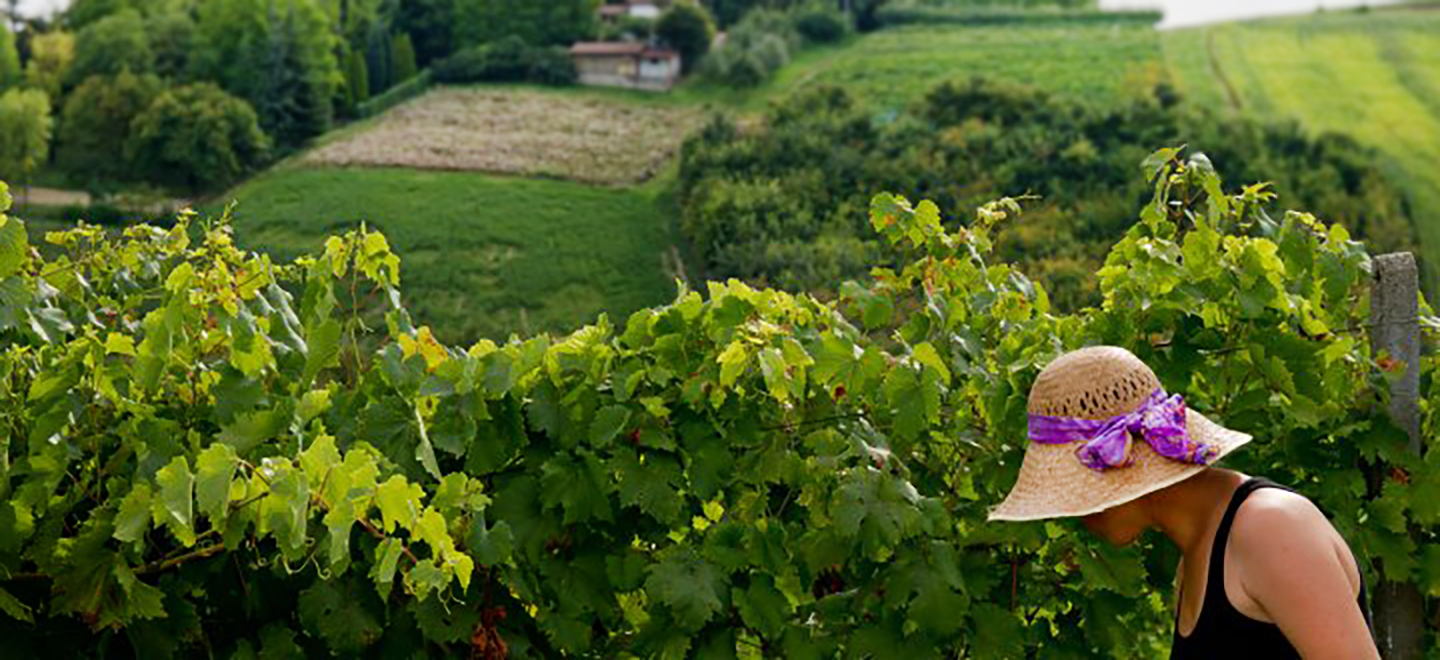 Region:
Region: -
Description:
Thank you to importer Louis/Dressner for this estate profile:
(Click here for the full Ulivi story on the LDM website)
Where to start with the late Stefano Bellotti and Cascina degli Ulivi? Largely responsible for the legitimization of biodynamic viticulture and the eschewing of modern oenology since the early 1980's, his vision has inspired a generation of younger vignaioli. In a world determined to categorize and explain everything with science, Stefano preached holism. Even more impressive, he showed us how to buck the system, to voice dissent and fight back against the commodification of nature and agriculture. In so many ways, Stefano has played a key role in our evolution and approach to the wines we import. But let's rewind and start from the beginning.
Gavi, one of the foremost denominations of white wine in Italy and one of the first white wines to be granted the DOCG status, is produced entirely from the Cortese grape, an indigenous variety to the southern Piemonte province of Alessandria where it also shows its finest expression. After the phylloxera epidemic of the early 1900’s exterminated the more widely planted red Dolcetto vines in the rolling hillsides of the towns surrounding the town of Gavi, the majority of replanting was made with the white Cortese in order to satisfy demand from nearby Genoa and the Ligurian province that lies directly south over the coastal mountains. During the 1960’s, Gavi enjoyed tremendous success on the domestic and international markets thanks to some fine producers in the region. Over the next twenty years, however, competition from other white wine producing regions of Italy, higher yield allowances by the DOC and less scrutinous winemaking led to a glut of commercial and uninspired Gavi.
In 2001, Kevin's recollections of Gavis he'd recently tasted were not memorable. Joe and Denyse were neither familiar with the region nor the grape. Stefano Bellotti was a good friend of the Bera family and they recommended him to us. We met with him to taste his wines and immediately were pleased. On first taste, we knew that this was the type of estate we were seeking and that these wines were wines of terroir. They evoked the soil, climate and grape from which they came.
Cascina degli Ulivi produces wines from around 24 hectares of vines that have been worked biodynamically since 1985. The estate has been in the Bellotti family since the 1930’s but Stefano was the one who transformed it into what it is today. Before he took it over, the farm was more or less abandoned; Stefano, a city boy with no agricultural training, effectively started with a blank canvas. Through his own empirical observations, he progressively came to eschew chemicals in his vineyards, eventually leading him to the philosophies of Rudolph Steiner.
The whole farm is truly polycultural and committed to the fundamental beliefs of biodynamism. Vines are the main focus of the azienda, though vegetables, livestock, milk and cereals are all grown and cultivated. An agriturismo is attached to the farm, and practically everything served is raised and grown on the premises. According to Stefano:
“We consider that the soil is a ‘companion organism’ for everything that lives. In working our vines, we foster the potential harmony of all those forces that contribute to the flow of vitality (of the vine)”
The hard work and dedication is immediately evident in the vineyards where Stefano’s parcels are adjacent to other producers of the area. The health of the vines is immediately apparent to the eye.
The estate hand-harvests in small boxes and uses only the indigenous yeasts to ferment the wines. Use of oak is limited to large, successively-used barrels of traditional provenance. Some are humongous, as large as 4000 liters! While the white wines were at one time lightly filtered and sulfured, these two interventions have been completely omitted since the 2003 vintage in order to produce the purest expression of the land.
A true believer in his terroirs, for many years Stefano fought to keep his wines within the Gavi DOCG. The first victim to the bureaucracy of the appellation was the "Filagnotti", a single vineyard bottling from the estate's best grapes planted on red clay and limestone. in 2008, Stefano had decided to plant fruit trees amongst the vines. This was decreed as violating protocol: because there were now fruit trees amongst the vines, it could not officially be considered a vineyard by law! Undeterred by this reality or that he would be denied subsidies for this land by the EU, Stefano stuck to his convictions and declassified "Filagnotti" as a Vino di Tavola.
In 2015, the estate's entry-level Gavi,made from grapes that don't make the single vineyard bottlings along with other vineyard selections, was refused the appellation due to its color. This was a direct result of making an unfiltered, unadulterated product (most Gavis are usually heavily filtered, completely transparent and a pale straw color). With no other choice, the wine was forced into declassification and renamed as "Ivag" (get it?) Much to his regret, this forced Stefano's decision to give up asking for the appellation for any of his wines. Fortunately, by this point his reputation was cemented and his customers would buy the wine off its own merit.
Stefano left us in 2018, right in the middle of that year's harvest. He was a true visionary and pioneer. In our opinion, he managed to create the most symbiotic natural environment we have yet to encounter: a place where man, beast and plant co-exist in mutual respect and harmony. More than anything, he's left us with an indescribable energy we've felt on every visit and with every sip. While there is much to figure out in the wake of his death, recent visits have confirmed this energy is still there. And with his daughter Ilaria continuing her father's work, we look forward to what the future holds.
Image: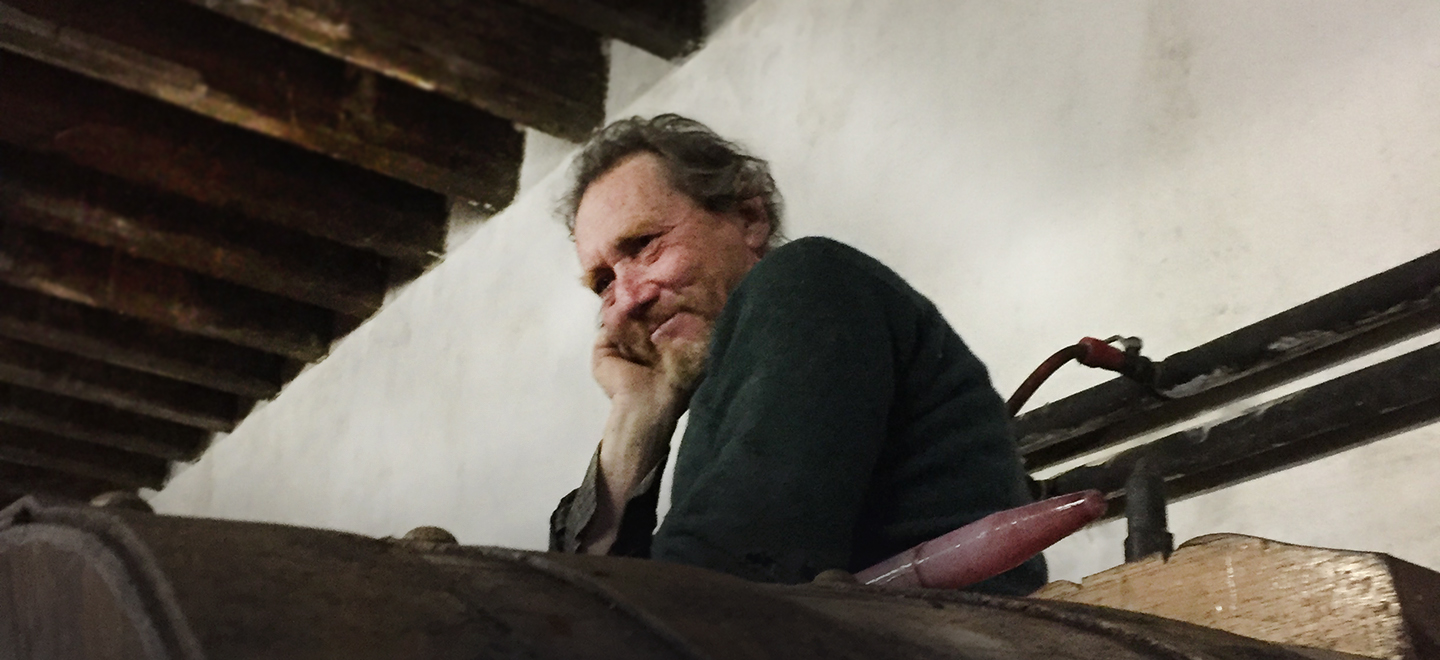 Region:
Region: -
Description:
For more information on Castel Noarna, please visit Selection Massale.
Available in California.
Image: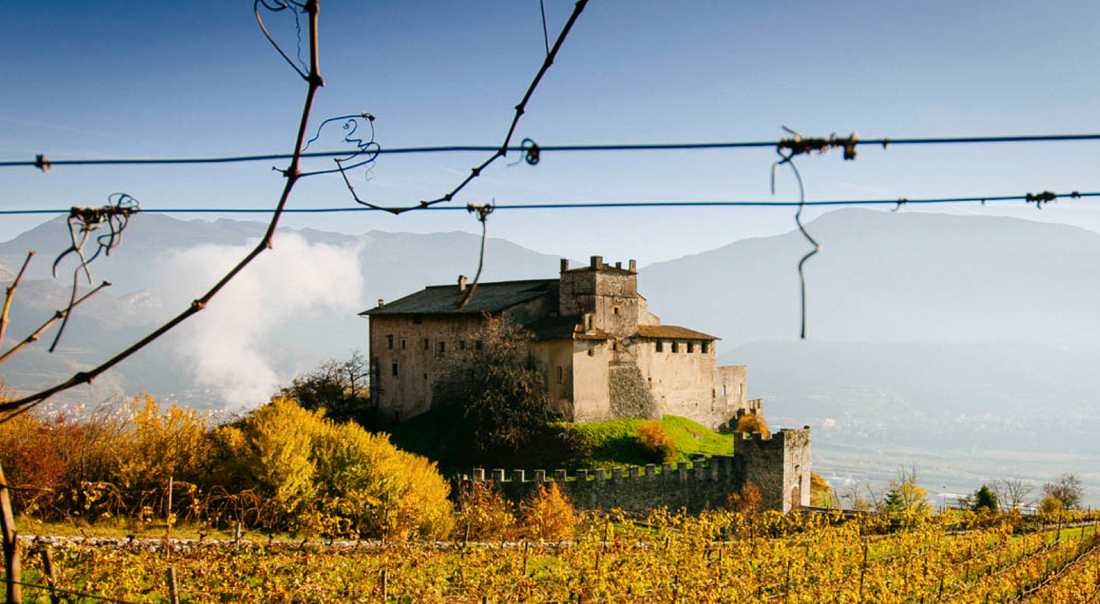 Region:
Region: -
Description:
Thank you to importer Louis/Dressner for this profile of Cazin:
(Click here to get to know Cazin on Louis/Dressner's website)
Let us tell you how we met François Cazin. In the early 1990's, Joe Dressner and David Lillie (then working as the Loire buyer for Garnet Wine and Liquors) would travel each winter to attend the Salon des Vins de Loire. That fateful winter, the two had set out to find a producer from the recently created Cheverny appellation. Both started from opposite sides of the stand and tasted through every producer there. After comparing notes, the only wines both had truly enjoyed were François'. They approached him once more, this time together to ask if he'd be interested in having his wines imported to the United States. Here we are, nearly 30 years later and still working together.
Created in 1993, Cheverny is one of the most recent appellations in the Loire Valley. The area, south of the Loire and abutting the marshy region of Sologne (the best hunting grounds in France), has produced wines since the 6th century. The soils consist of various combinations of clay, limestone and silica. Many varietals are planted: Pinot Noir, Gamay, Cabernet and Côt for red wines, Sauvignon Blanc, Chardonnay, Chenin and Menu Pineau for the whites.
Cazin tends vines of considerable age and the resulting yields are well below average in any given year. His Cheverny is fresh and floral, with appley-texture and crisp acidity. The flavors are sleek and precise. Since 1997, the wine has been bottled unfiltered by gravity. His wines have consistently been the top pick of the vintage at the annual Loire Valley wine show in Angers. By legislation, a Cheverny wine has to be a blend of varietals and Cazin’s white is 70% Sauvignon Blanc and 30% Chardonnay.
Cazin also makes a cuvée of Cour-Cheverny, exclusively from the ancient local grape Romorantin. This varietal, with its high acidity and minerality, can be angular and rough. But in the right hands, it achieves high ripeness and the wine has astonishing grapey, apricot and roasted nuts flavors, kept fresh and lively by good acidity. In very ripe vintages, when the grapes undergo passerillage or noble rot, Cazin vinifies some of his Romorantin off-dry, calling it "Cuvée Renaissance". A considerably smaller amount of red wine is also produced from Pinot Noir and Gamay.
Image: Region:
Region: -
Description:
Everything old is new again. If you had visited Celler del Roure ten years ago, you would have been treated to a modern, minimalist, and spotless cellar with assorted stainless steel tanks and new French oak barrels. After touring the current technology in viticulture, you would be taken on a tour of the ancient property, including an old olive oil press, various outbuildings, and a subterranean cellar dug into the bedrock below the estate. This cellar afforded a glimpse of the winemaking practices from centuries ago. The cellar’s winding halls are lined by dozens of amphorae embedded into the earth, each with individual stone lids. Many are joined by stone channels carved into the rock, serving as the most rudimentary form of gravity flow. Some amphorae had cracked over the years, but a surprising number remained in perfect condition.
Such a complete and well-preserved artifact of viniculture would have remained an intellectual curiosity for most people, but Pablo saw it as an opportunity to explore how wines were made centuries ago and how they would have tasted. Such an endeavor makes complete sense once you meet Pablo and understand his connection with the history of the area around the village of Moixent. As a proponent of the indigenous varieties of the area such as Mando and Verdil, how could he not also champion indigenous viniculture? While there are still “modern” wines made at Roure, including 16 Gallets, Les Alcusses, and Maduresa, we are quite taken with the new cuvées aged in amphorae in the ancient cellar: Cullerot, Vermell, Safrà, and Parotet.
Pablo’s vineyards are farmed manually and organically, and harvests are by hand in small crates. Vine age ranges from 15 to 70 years old, and the soils are various clays – ranging from fine alluvial and loamy soils to rockier limestone terroirs. Increasingly, he uses more and more whole clusters in the fermentation, finding the finished wines are more refined and savory – elements that are emphasized by the aging in amphorae.
This profile and tasting notes were edited from the European Cellars website, along with the pictures used. For more information please visit: European Cellars.
Image: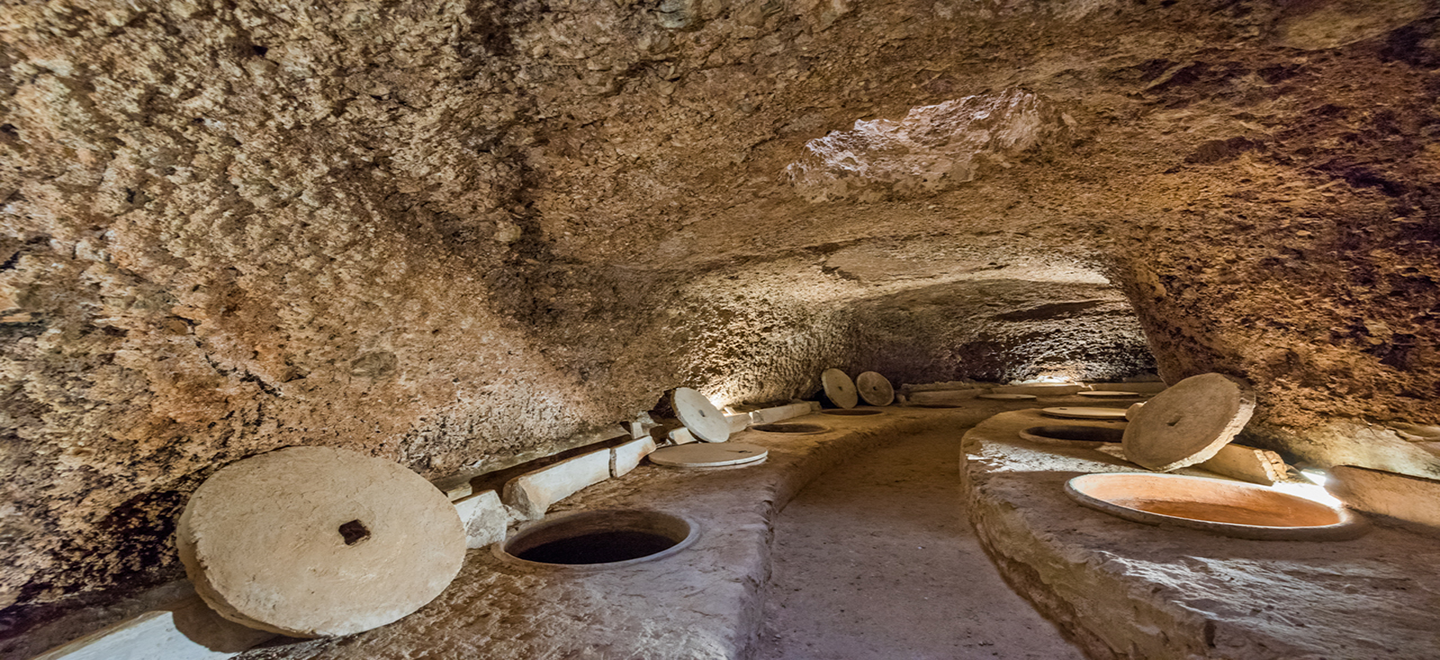 Region:
Region: -
Description:
Celler Pardas started when two growers from Penedès, Ramon Parera, and Jordi Arnan, acquired an old estate called Can Comas in Alt Penedès, close to Sant Sadurni d’Anoia. The property surrounds an old medieval farm and spans 30 hectares of forest and other crops (mainly cereal) as well as the local grape varieties—Sumoll and Xarel-lo—that Ramon and Jordi planted for their wines. The other source of fruit for the wines comes from two ancient plots further north, where they own old vines of Sumoll, Xarel-lo, and Malvasía de Sitges; Ramon calls this fascinating local strain of Malvasía, an incredibly acidic grape notoriously difficult to vinify, the “Riesling of the Mediterranean”.
From the start the work on the land focused on a holistic approach; they manage the forest surrounding the vineyards as well as the land bordering them to create a whole agrarian ecosystem and live on the property. Many biodynamic principles are followed: the vines are dry-farmed, and the clay-limestone-rich soils are not plowed to avoid erosion and foster the micro-biology of the place. They regularly use ground vegetation, and no synthetic products or pesticides are utilized. Their work is certified organic.
Ramon and Jordi are in the forefront of the varietal revolution happening in Penedès. The story of native grapes in the region is not unlike many others in different areas: the local varieties, deemed hard to work and less valuable than international ones, were slowly substituted by high-yielding types. Many of the new generations of growers in the area, however, decided to replant and work with the original grapes. Pardas' plantings all come from cuttings of old vines found in the region.
The work in the cellar is as respectful to the wines as their work on the vineyards is to the land. Fermentations are spontaneous, the wines are never clarified nor corrected, and they use a mix of steel, concrete, and oak for winemaking and élèvage. The resulting wines are expressive and very direct. Sumoll is not an easy grape to master—“the most masochistic grape there is”, says Jordi— but as the Sus Scrofa shows, Parera and Arnan have conquered its rusticity and are making a delicate, fresh, and immediate wine. The same goes for their Xarel-lo and Malvasía, which are floral and aromatic and yet retain great salinity and minerality, no doubt owing to the chalky and rocky nature of their vineyards.
Image: Region:
Region:
